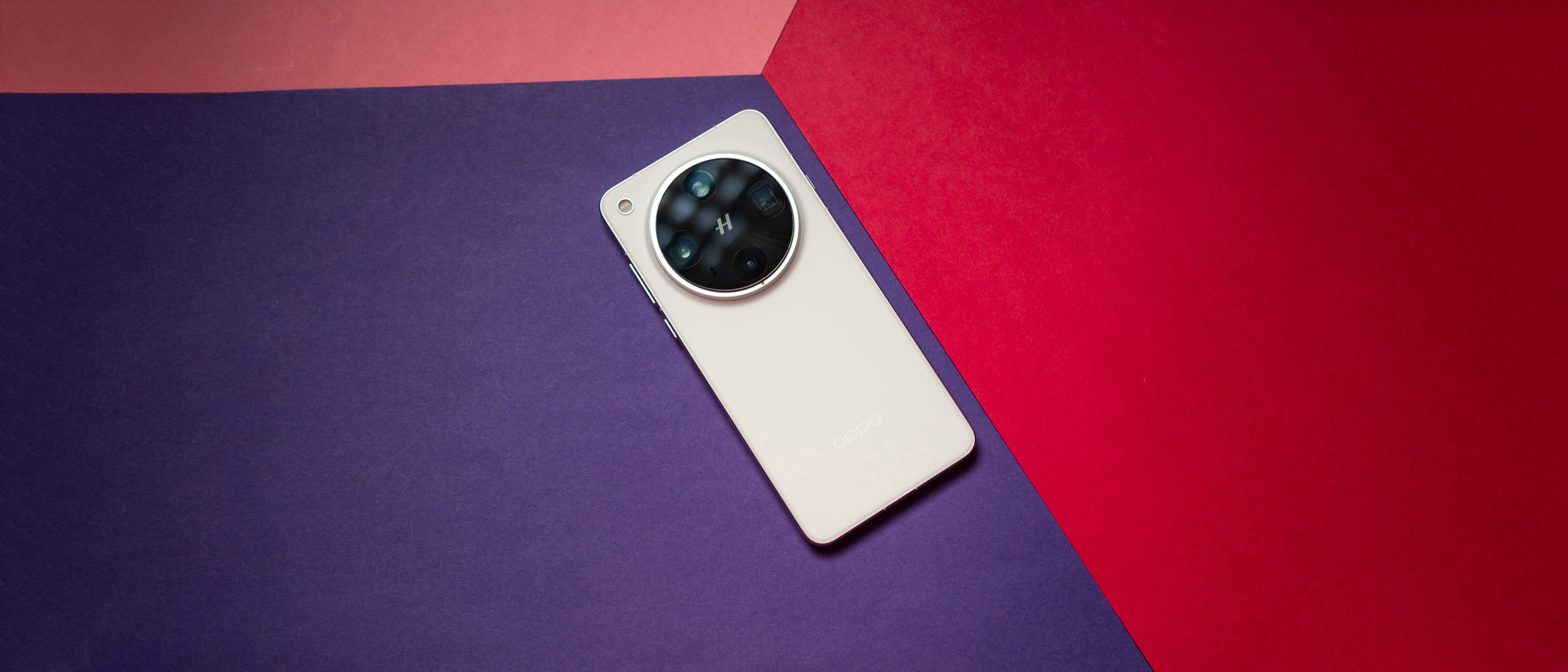Remembering the Google Pixel 2
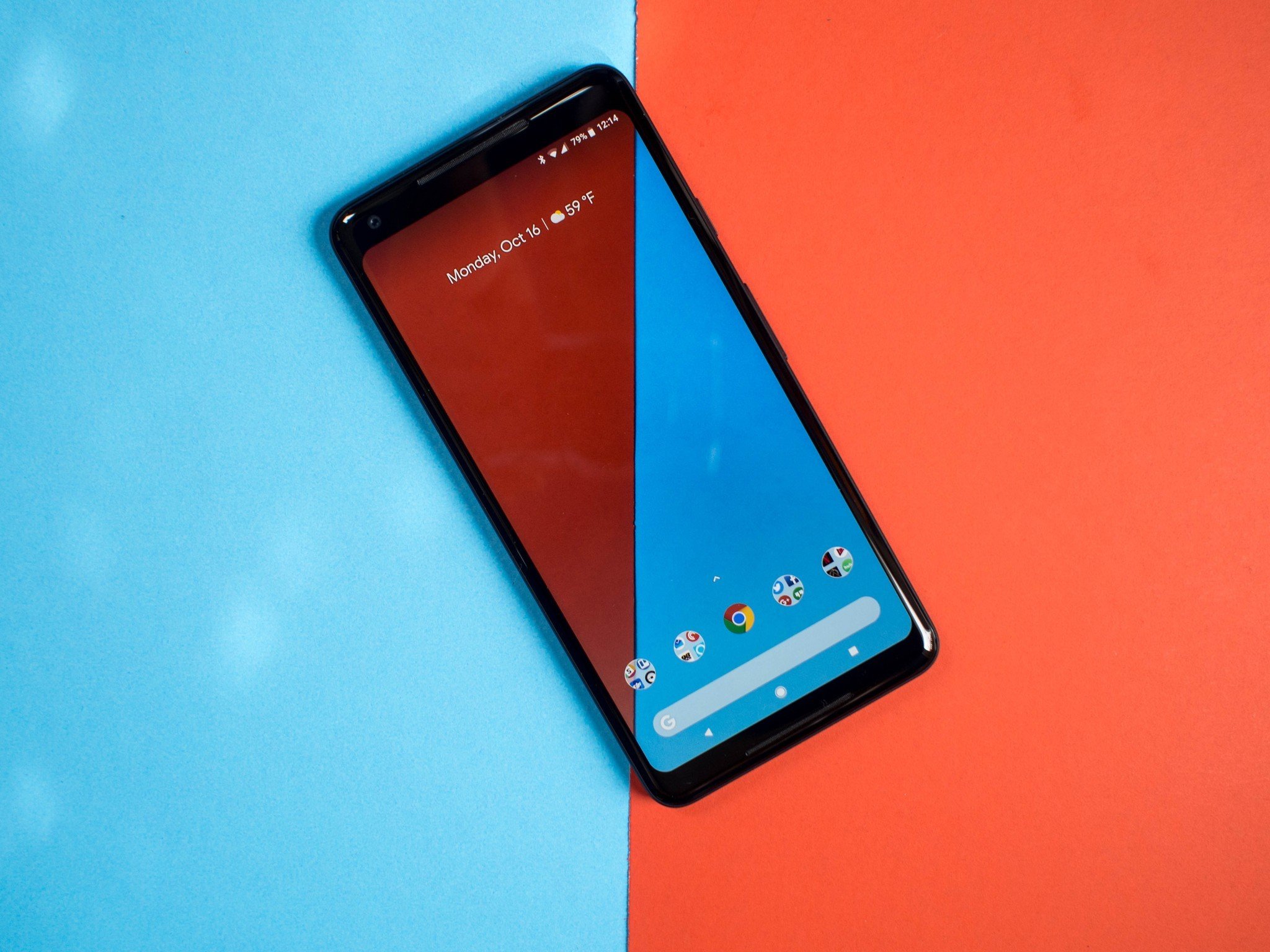
The Google Pixel was never going to be a one-off.
Even if the first-gen Pixels had tanked — which they didn't — a Pixel 2 was inevitable. HTC, which manufactured the original Pixel and Pixel XL, was onboard once again, and early indications suggested there could be up to three Pixel phones in 2017. Rumors circulated of two HTC-built Pixels and a third device made by LG. The Korean firm was a longstanding partner in the Nexus program, producing three co-branded Google phones between 2012 and 2015.
The devices that ultimately launched were a Pixel 2 from HTC (codenamed "Walleye") and an LG-made Pixel 2 XL (codenamed "Taimen"). The other 2017 Pixel was an alternative HTC Pixel 2 XL codenamed "Muskie," which was ultimately canceled in favor of the LG-made model. From what I heard from sources at the time, Muskie's cancellation was mainly due to price concerns around the HTC-made device compared to the LG phone — basically, LG could produce a more attractive-looking handset at a more competitive price. Muskie's specs were revealed in code in the Android Open-Source Project, and for three years, that was all we knew about the device: Muskie was to feature a similar screen size and resolution to the LG Pixel 2 XL, as well as a significantly larger battery.
The long-lost HTC Pixel 2 XL would remain a mystery until early 2021.
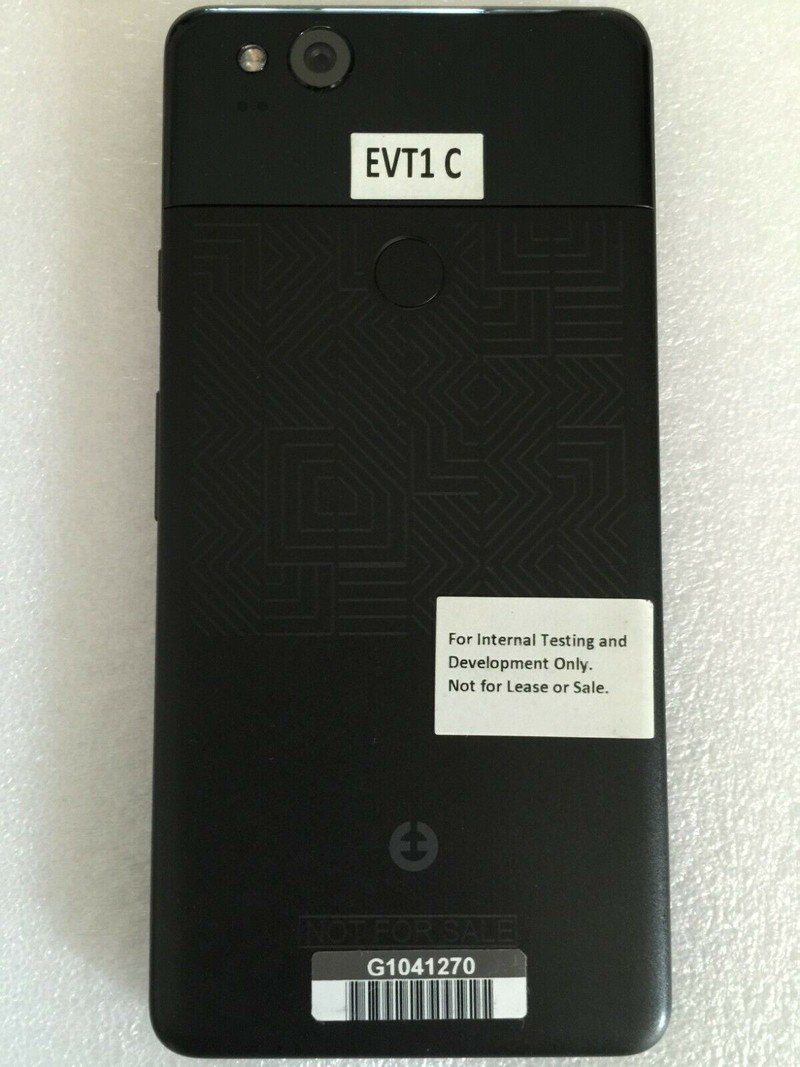
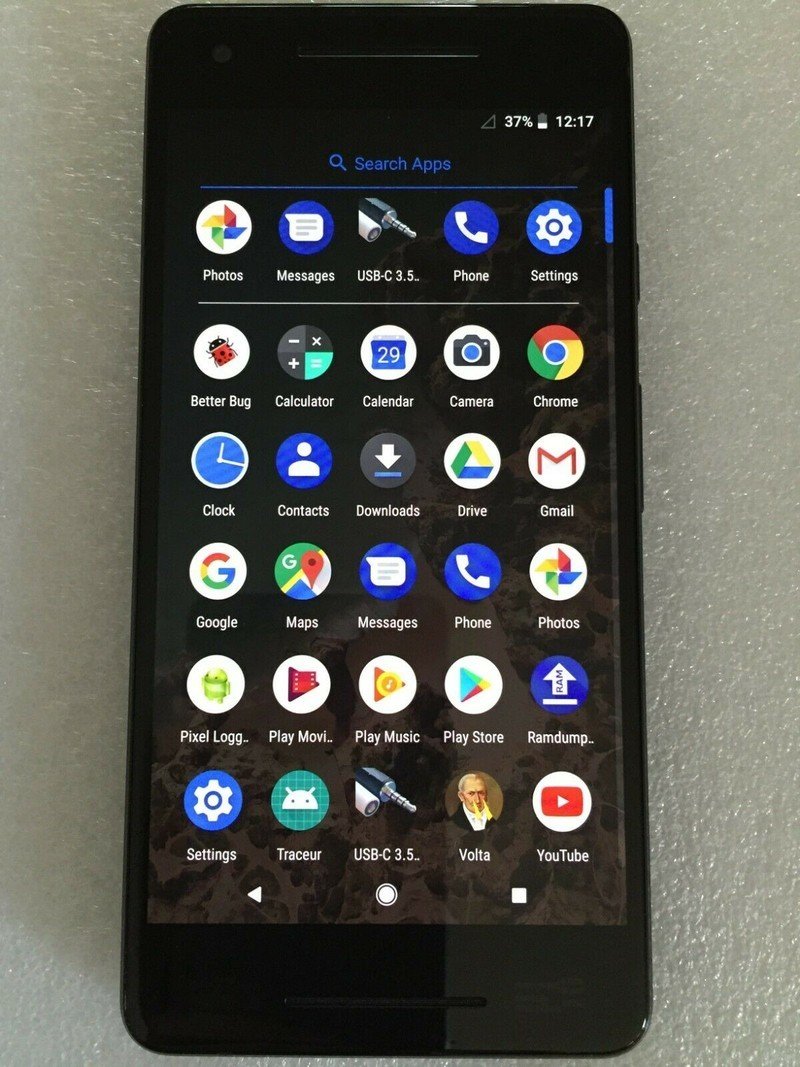
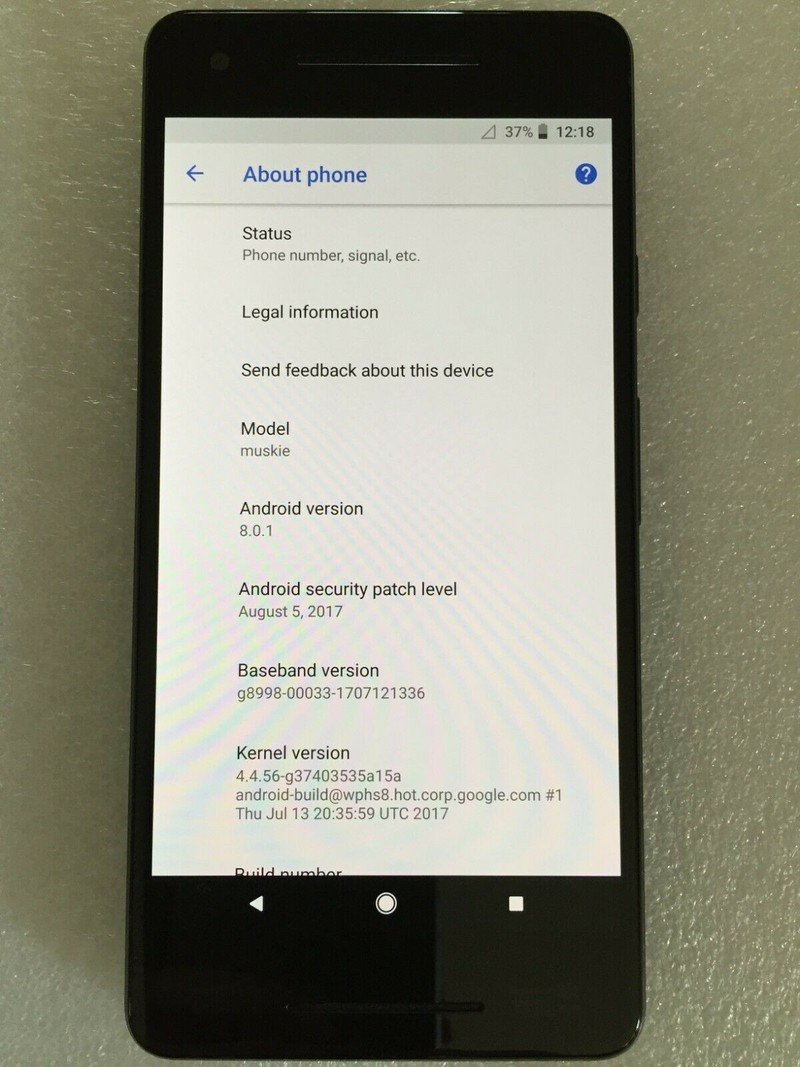
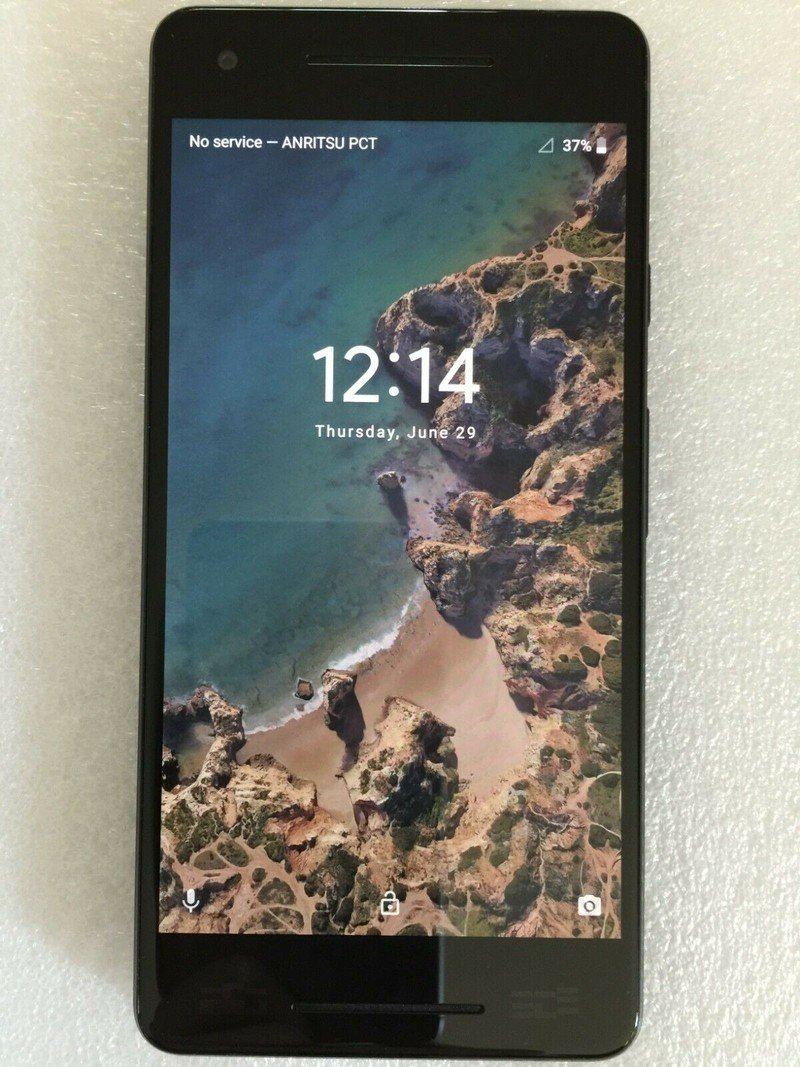
Within the past year, though, the first live images of Muskie handsets have surfaced, revealing the phone to be an upscaled Pixel 2, complete with sizable vertical bezels.
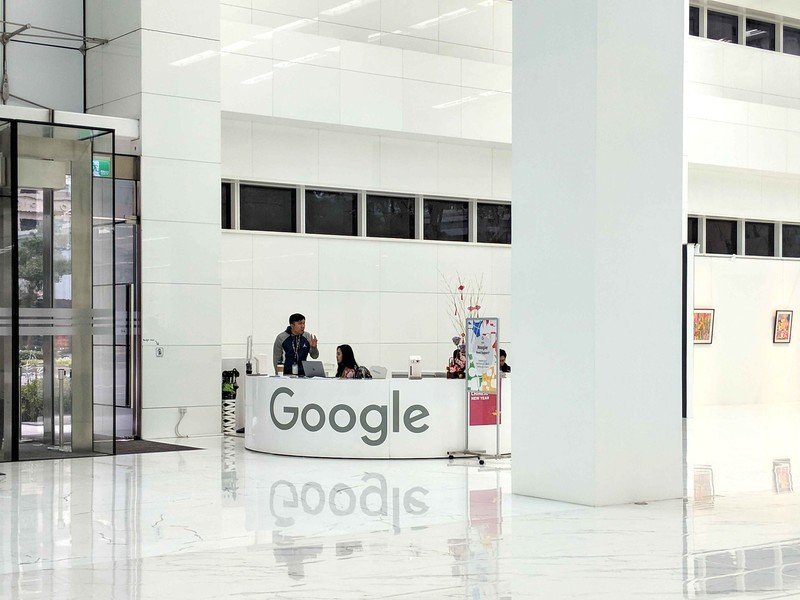
Before we got to the actual launch of the Pixel 2 series though, there was a pretty momentous development in late September 2017. Google forked over $1.1 billion to bring aboard some 2,000 HTC engineers, researchers, and designers, many of whom had already worked on Pixel phones. The new Googlers would continue to work out of the HTC HQ building in New Taipei's Xindian District but ultimately answer to the Google hardware bosses in Mountain View.
The floundering HTC got a much-needed cash injection. And for the first time since it briefly owned Motorola, Google had a real, actual smartphone engineering and R&D department consisting of people already intimately familiar with Pixel hardware.
This deal wasn't like Google's ill-fated acquisition of Motorola a few years prior, as new Google hardware boss and ex-Motorola exec Rick Osterloh explained at the time: "This strategic deal is very different. We know exactly what we need. We want deeper engineering capabilities, and we happened to know this team very well at HTC."
Be an expert in 5 minutes
Get the latest news from Android Central, your trusted companion in the world of Android
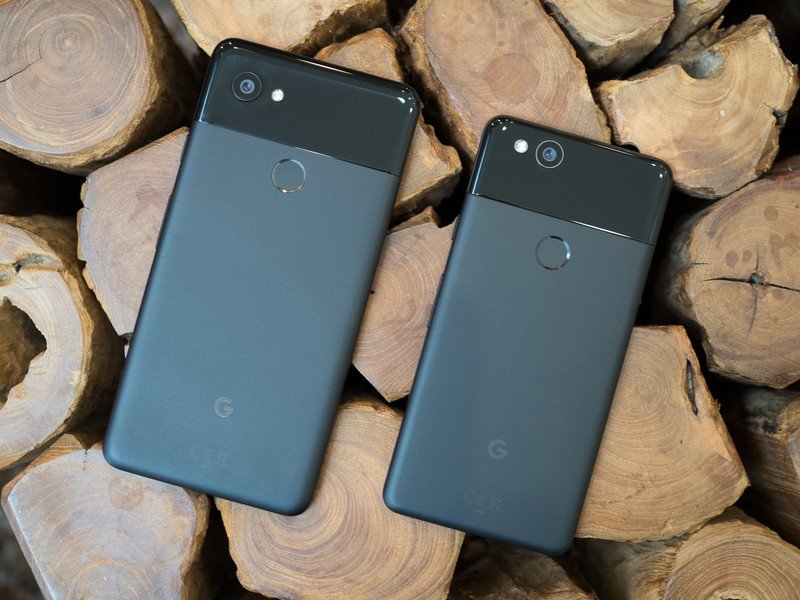
Google gobbled up HTC's smartphone R&D, setting it up for generations of Pixels to come.
This came just as Google was really expanding its hardware division. A few weeks later, alongside the Pixel 2 and 2 XL, Google delivered the Pixelbook, Pixel Buds, and Google Home Mini, among other own-branded gadgets. The whole "Made by Google" endeavor was no longer just about the smartphone in your pocket.
The Pixel 2 phones were generational improvements in some areas, with some weird compromises in others. The era of extra-tall 18:9 smartphone displays was just beginning, yet the small Pixel 2 had big chunky bezels and an old-fashioned 16:9 panel.
The LG-made Pixel 2 XL had a more modern-looking tall display with small bezels. Unfortunately, it that had its own problems in the form of poor colors and viewing angles, crushing of shadow detail, and a tendency for ghosting or display persistence in some situations. The issues with this screen snowballed into a giant PR nightmare for Google that I, surprisingly, found myself being part of at the time. Despite software fixes to address the colors and reduce image persistence, the 2 XL's screen — the thing you looked at every time you used the phone — was just not good.
Critics lauded the Pixel 2 series' interface and smart features, like "Now Playing" for on-device background song identification, and the new Google Lens. And the Pixel camera was better than ever, with a new optically stabilized shooter. Plus, water resistance finally arrived, bringing the new Pixels in line with high-end rivals.
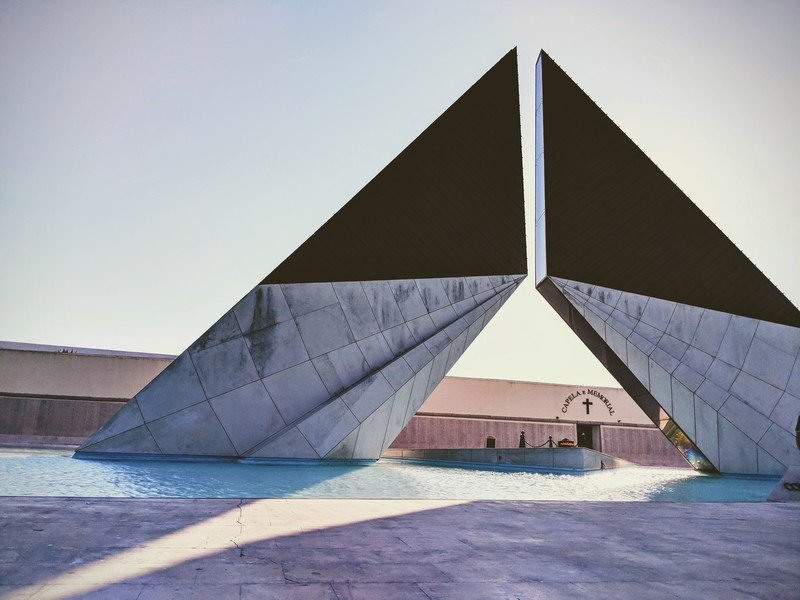

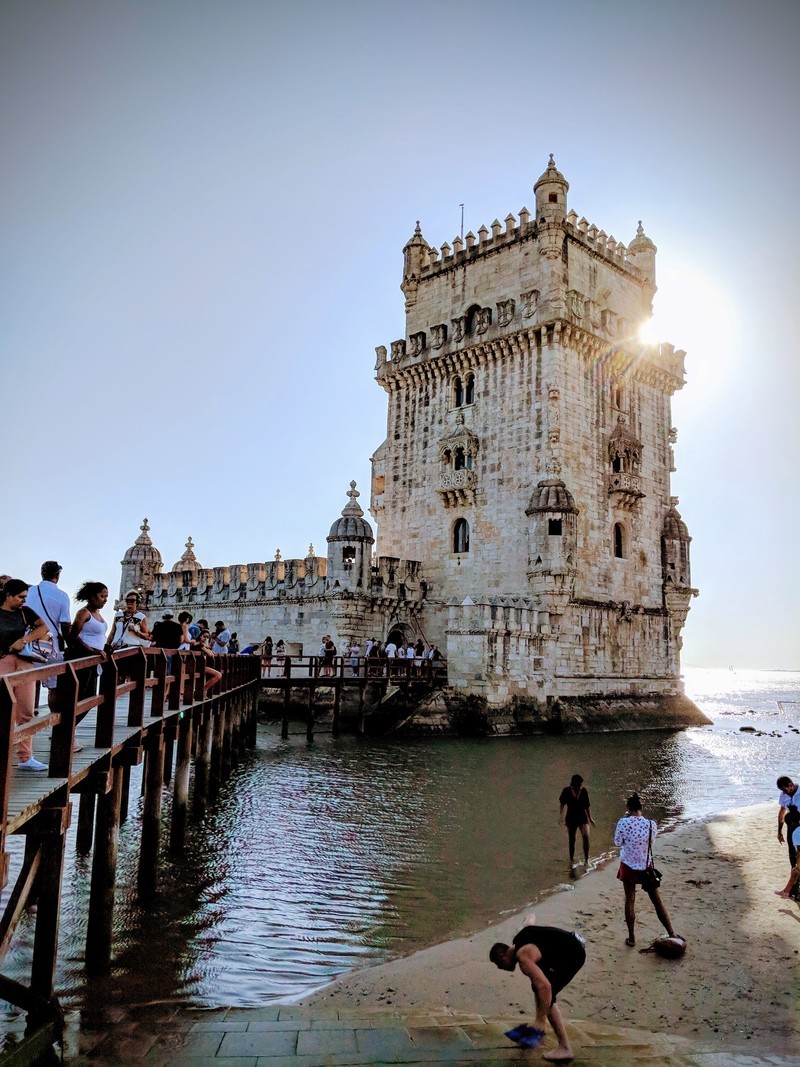
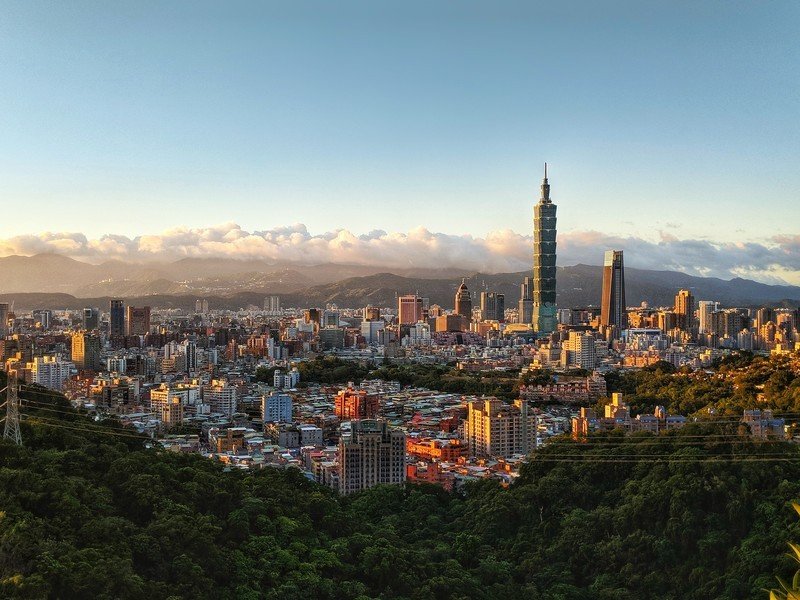
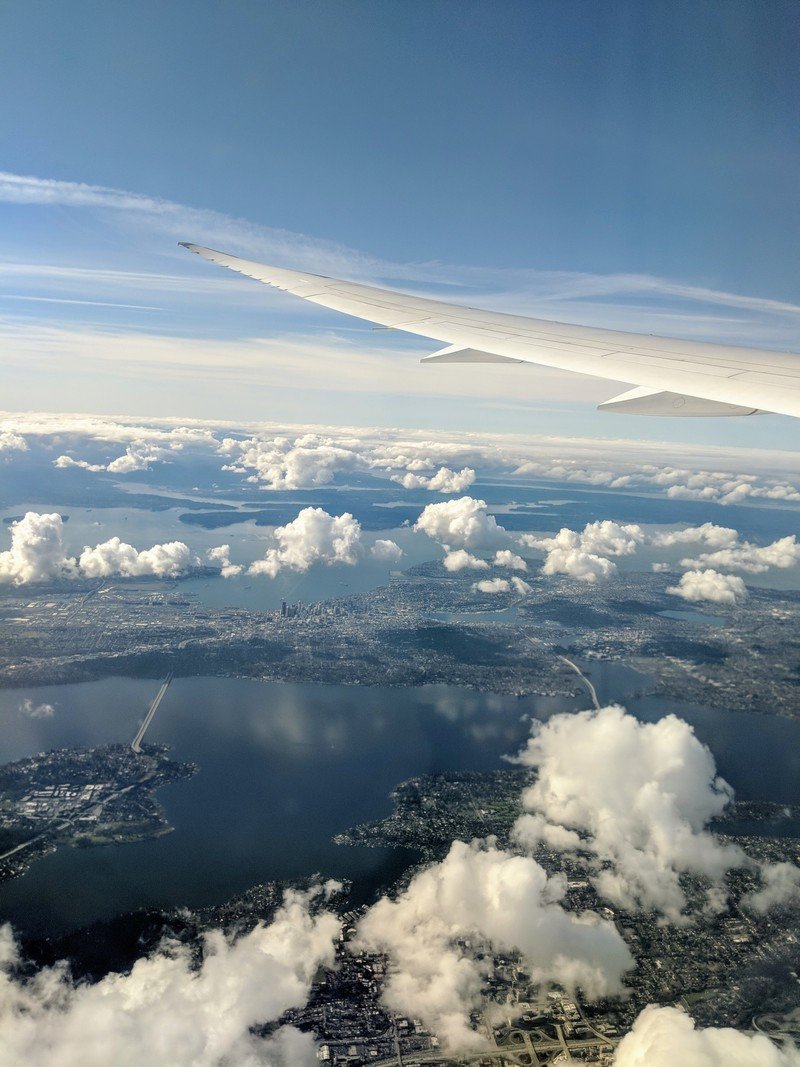
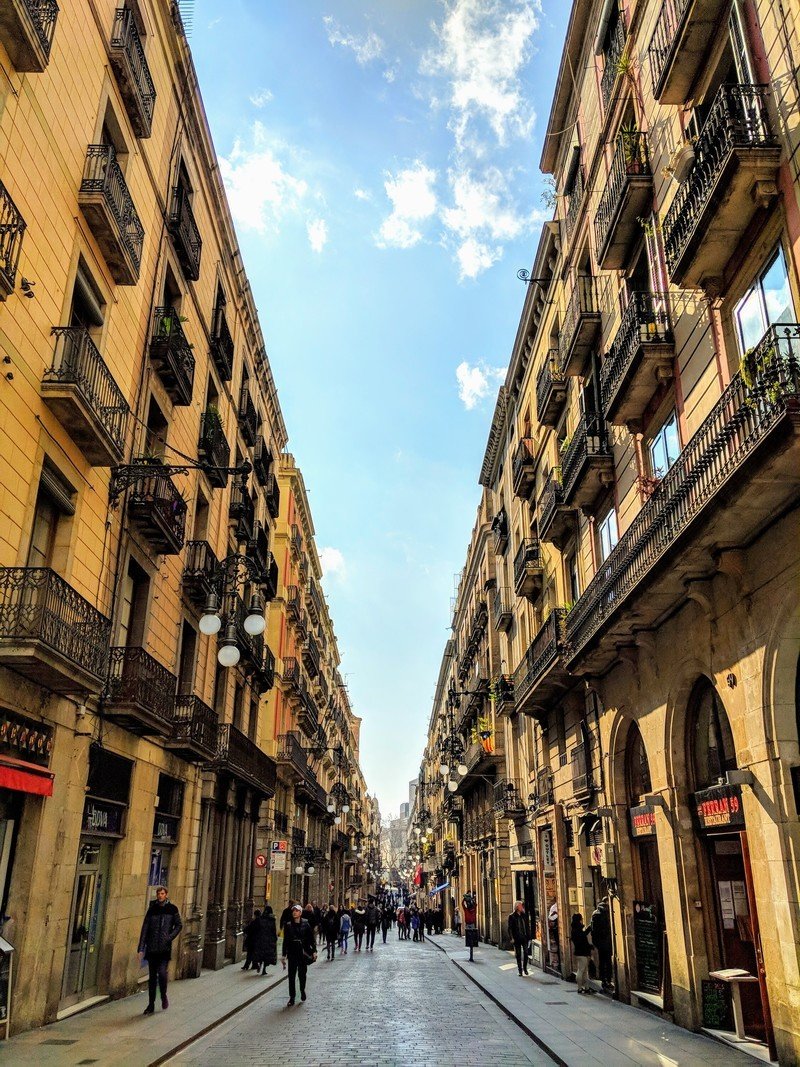
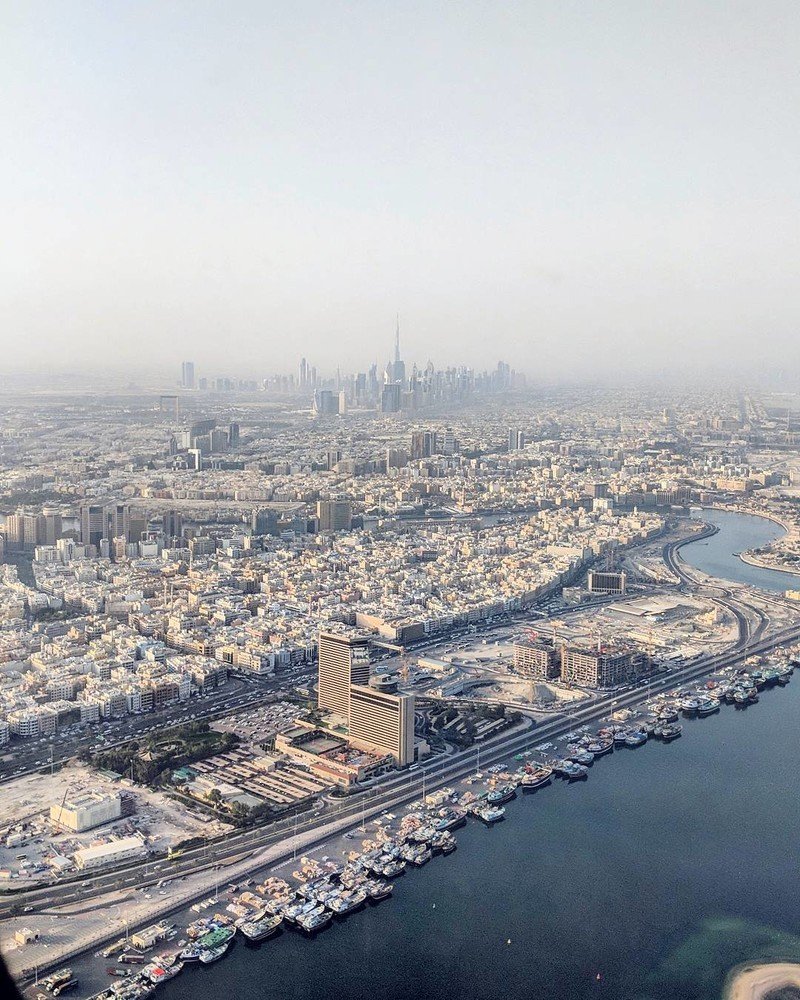
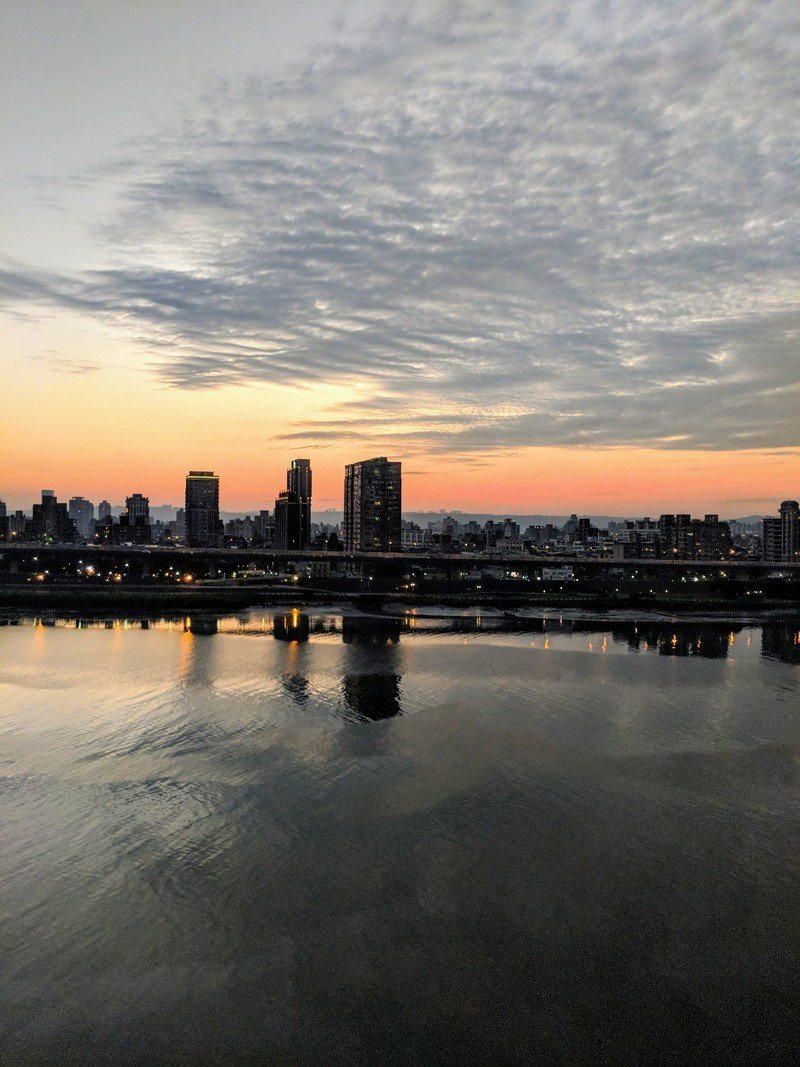
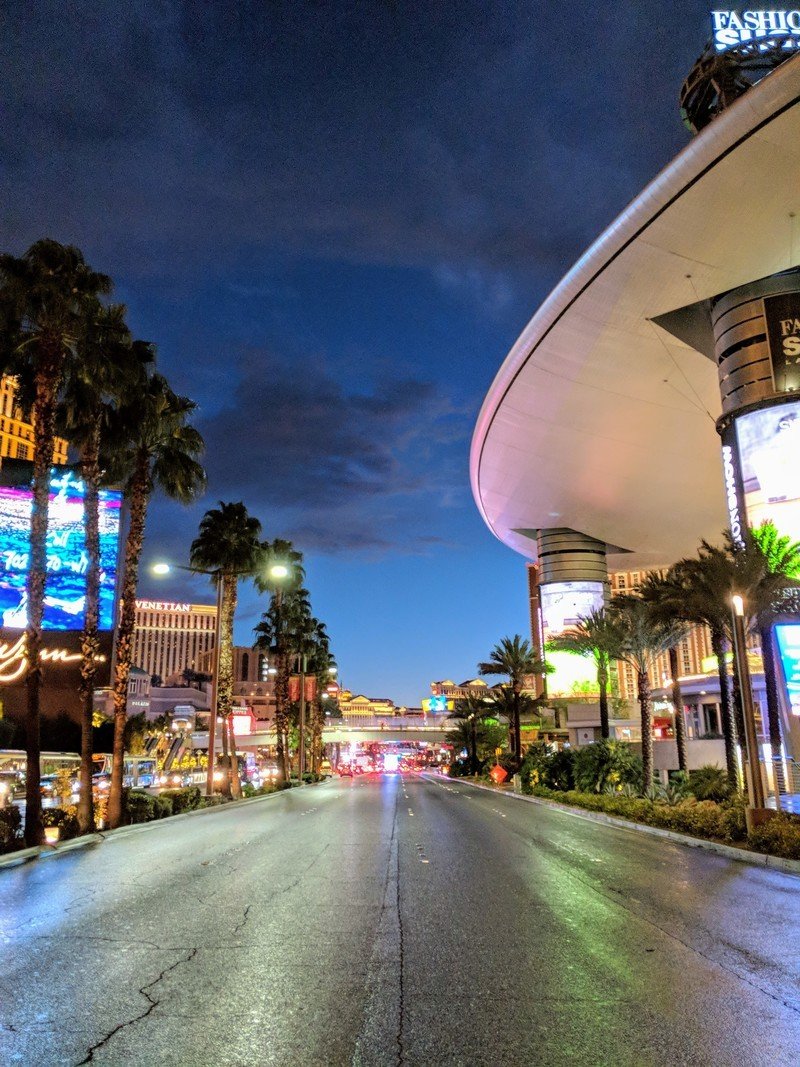
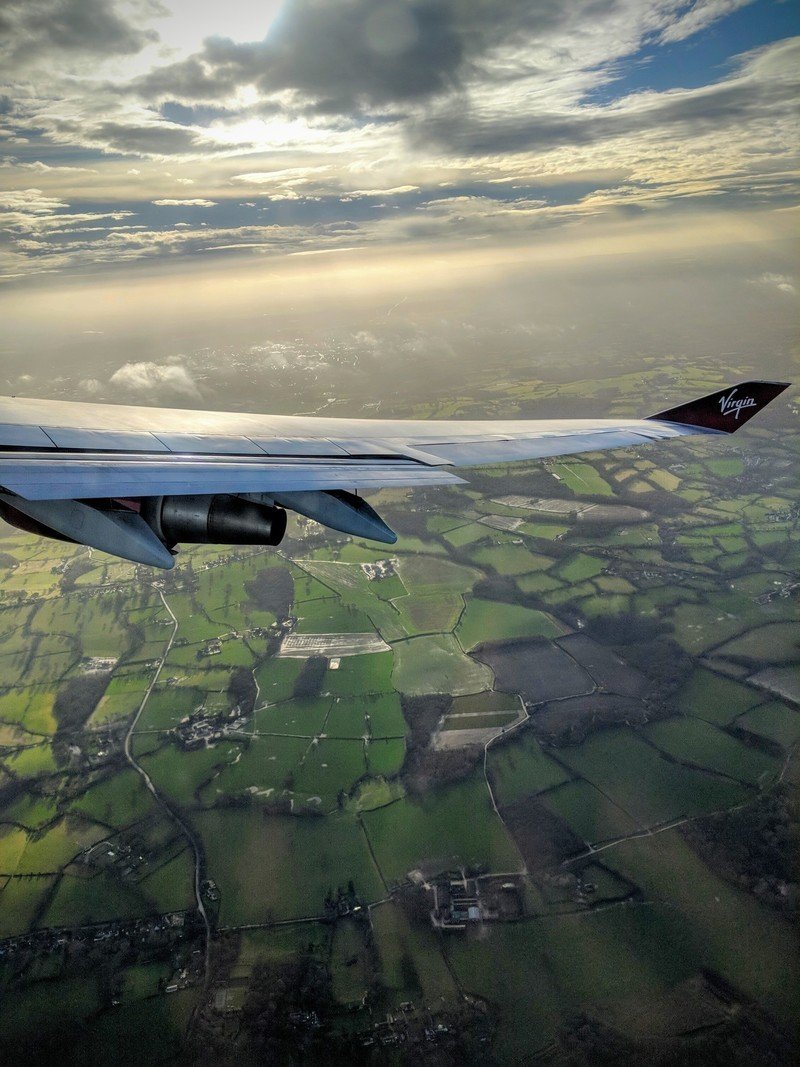

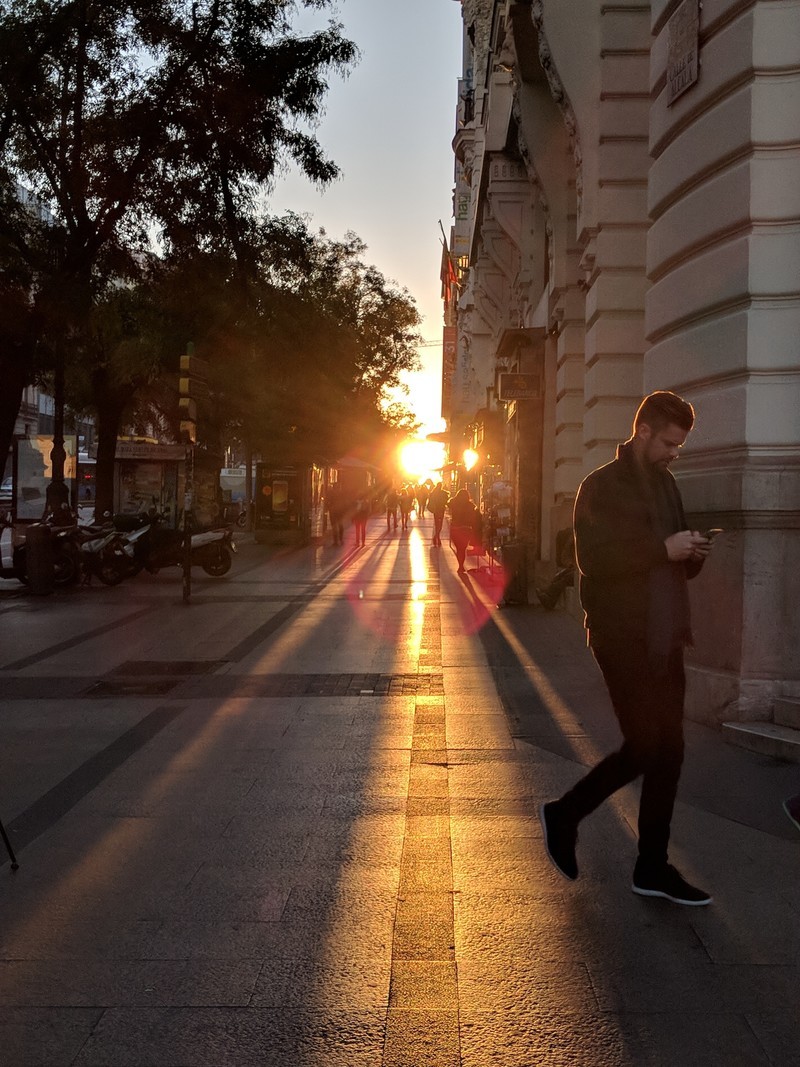
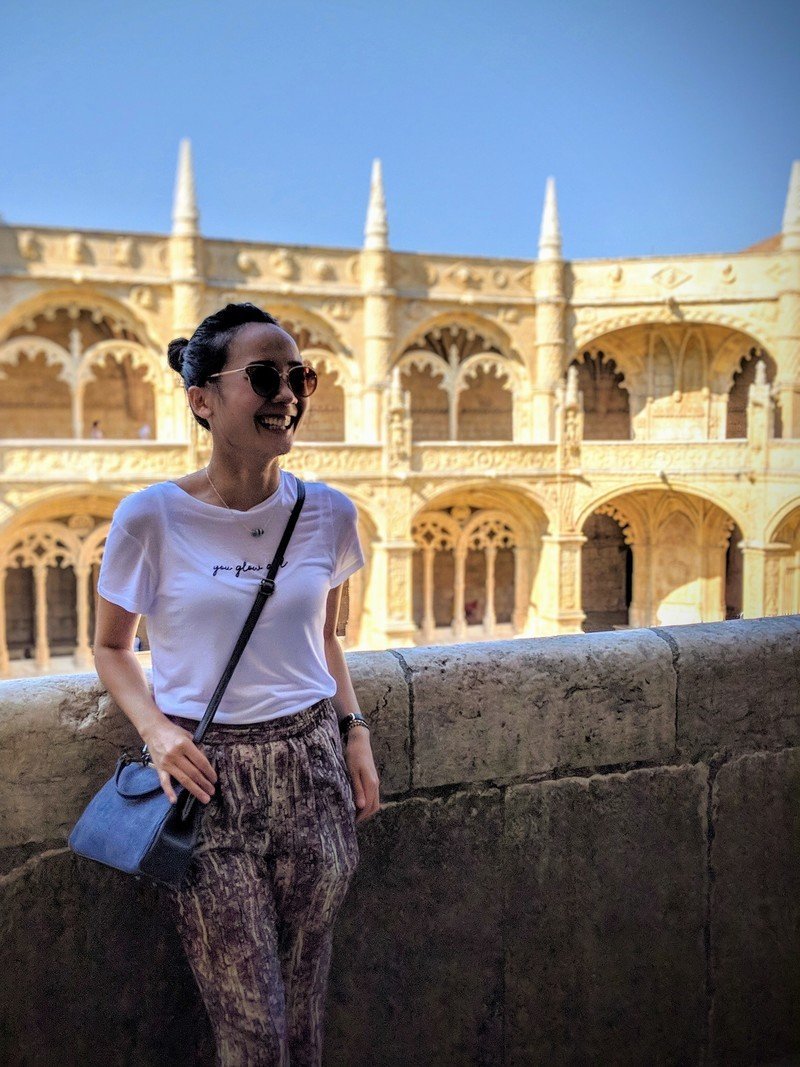

The Pixel 2 XL's screen was just not great — in a bunch of pretty obvious ways.
But once again, some parts of both phones felt like they were stuck in the past — weirdly uncompetitive in really important areas. The Pixel 2's panel was small and boxy, and the 2 XL's was a couple generations out of step with the best Android phones of the time, like the Samsung Galaxy S8.
Google was no longer the newbie shipping a rushed Pixel 1 after changing ODMs in mid-stream — these phones had had at least a full year in the oven. Fans rightly expected a more polished product than Google could deliver, a trend that would continue with subsequent Pixel models.
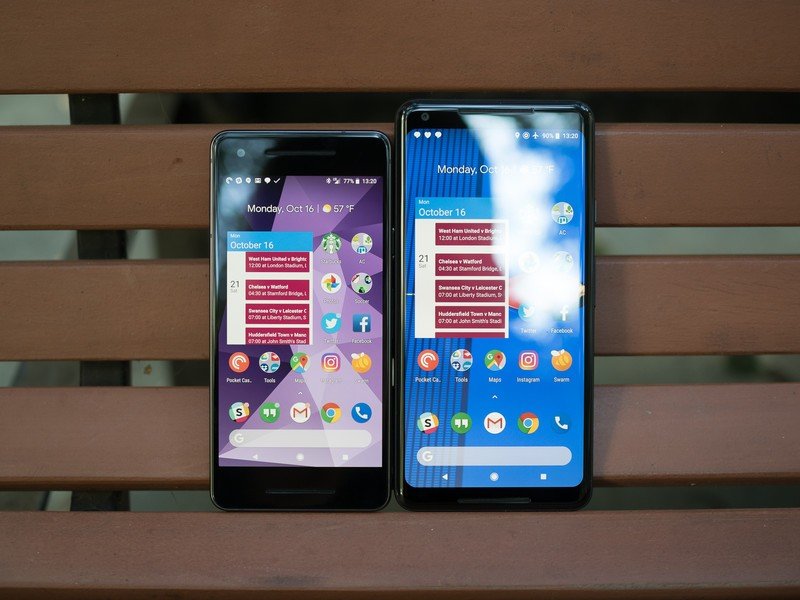
The substandard screen of the Pixel 2 XL may not have been the original plan for this device, however. In the months after launch, an apparently well-connected throwaway Reddit account dropped some notes on r/Android suggesting the factory that was supposed to build screens for the Pixel 2 XL and LG V30 wasn't operational in time, so an older generation factory had to be used instead. Take this with a substantial pinch of salt since I haven't been able to verify it myself, but the information presented is highly detailed and fits with the facts.
Looking back on the Pixel 2, what stands out more than the display issues or the intrigue surrounding Muskie is how these phones laid the foundations for the features that would define the Pixel series in future. The Pixel Visual Core — an early ancestor of the Pixel 6's Google Tensor chip's AI hardware — debuted in the Pixel 2, though it was basically disabled at launch. (Future updates enabled this neural networking hardware to speed up photo processing.) And features like Now Playing introduced us to the benefits of on-device ambient computing capabilities — essentially Shazam, except it always ran in the background without sending any data to the cloud.
The Pixel 2 wasn't the "perfect" Pixel phone fans had been dreaming of, but it did give buyers an early glimpse of the unique AI-powered strengths Google could bring to smartphone hardware.

Alex was with Android Central for over a decade, producing written and video content for the site, and served as global Executive Editor from 2016 to 2022.
